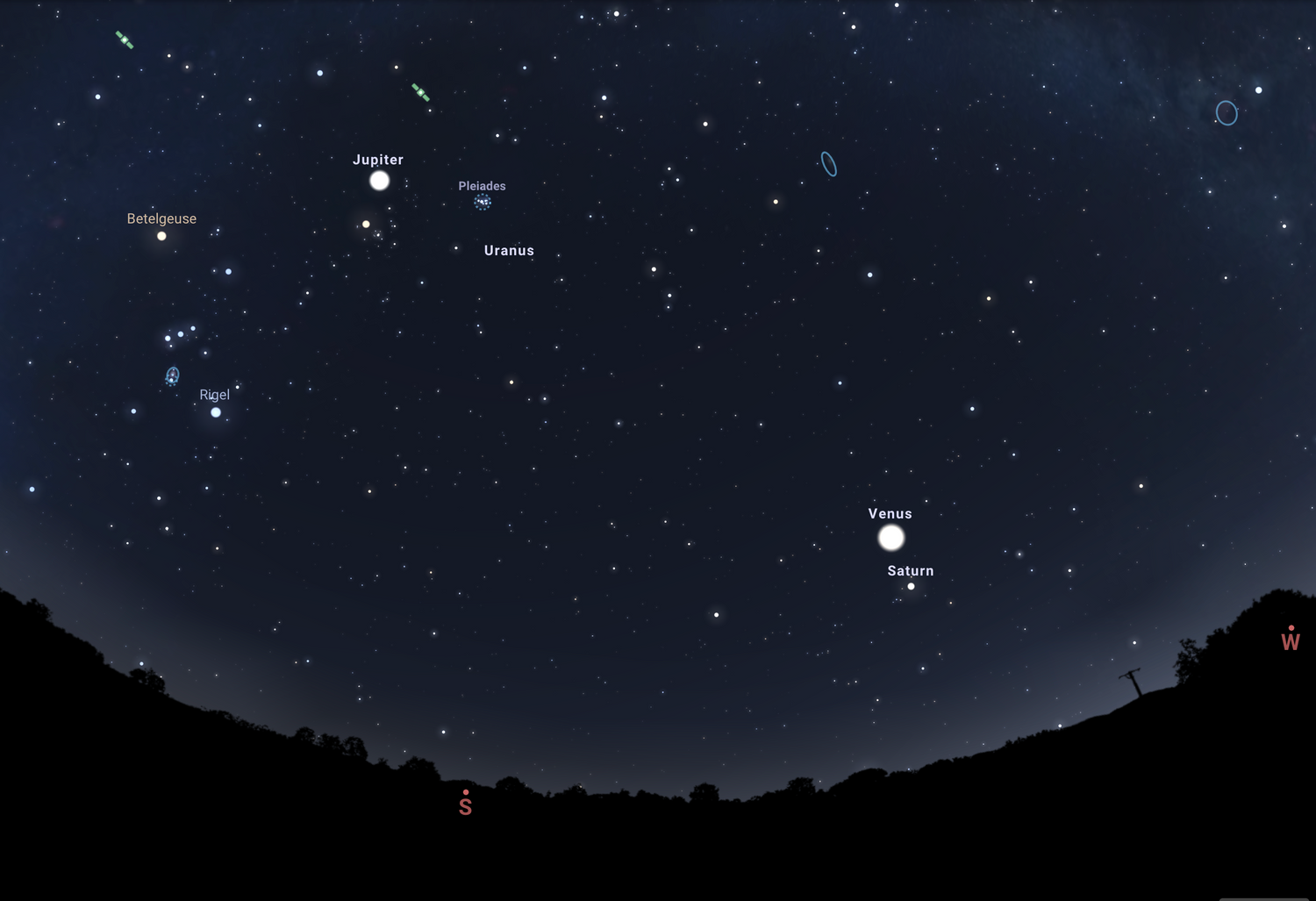
Tour of our Cosmic Backyard
Duration: 45 minutes (includes a VR experience)
Recommended for: Grade 6 students
Show Details
This show aligns seamlessly with the Grade 6 science curriculum in Alberta, specifically addressing the "Sky Science" unit. Students will explore key concepts like the properties and interactions of celestial bodies, the movement of objects in the solar system, and how scientific models represent scale and distances in space. Through engaging visuals and interactive experiences, this program enhances classroom learning, encourages critical thinking, and inspires a deeper understanding of our cosmic neighborhood.
Highlights of the Show:
- Explore the Sun, planets, moons, and other fascinating celestial objects, learning about their surface conditions, compositions, sizes, and unique features.
- Uncover how celestial bodies interact, including the asteroid belt and the Sun’s role as the central star, while differentiating between objects that emit and reflect light.
- Dive into the evolution of scientific knowledge, such as Pluto’s reclassification as a dwarf planet, and see how models represent the scale and distances of the solar system.
- Experience a virtual reality adventure to stand on the surface of planets like Mars, gaze at Earth from the Moon, and immerse yourself in the grandeur of space exploration.
This program is designed to complement classroom learning, spark curiosity, and deepen students’ understanding of Earth’s place in a larger celestial system.
Make space exploration unforgettable for your students!

Exploring Astronomical Phenomena and the Solar System
Duration: 45 minutes
Recommended for: Grade 5 students
Show Details:
🌍 Understanding Astronomical Phenomena
- Explore how seasons, Moon phases, eclipses, and auroras occur.
- Understand how the tilt of Earth’s axis causes changes in day length and seasons.
- Learn why the summer and winter solstices mark the longest and shortest days of the year.
- Understand how equinoxes bring equal day and night and signify seasonal transitions.
- Discover the difference between solar and lunar eclipses and why they happen.
🌏 What If Earth’s Tilt Were Different?
- Imagine a world without seasons! During the show, we’ll explore what Earth’s climate would be like if it had no tilt—where every day is the same all year long. Then, we’ll flip the script and discover what would happen if Earth were tilted at 90 degrees—creating extreme seasons with scorching summers and freezing winters at the poles. Through simulations and interactive discussions, students will uncover how Earth’s unique tilt shapes life as we know it.
🪐 The Stars and Navigation
- Use Stellarium to identify constellations like Orion and Polaris.
- Understand how stars guide navigation and track the passage of time.
Interactive Learning
- Live Stellarium Session: Watch constellations move across the sky as Earth rotates and revolves.
- Aurora Borealis Visualization: Experience a simulation of the northern lights in the dome.
Key Takeaways:
- Grasp how astronomical phenomena affect daily life.
- Understand how Earth’s movements shape seasons, eclipses, and day lengths.
- Appreciate the cultural significance of the night sky through Indigenous knowledge.